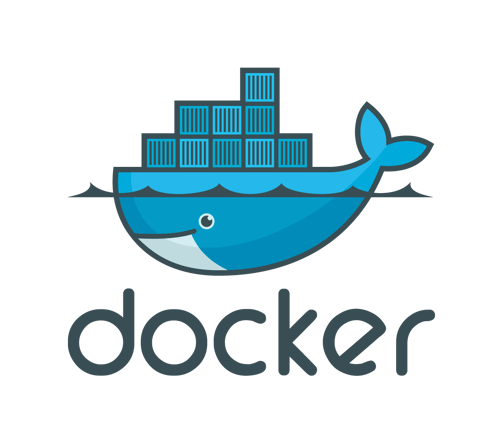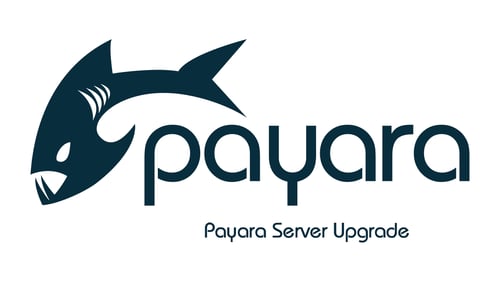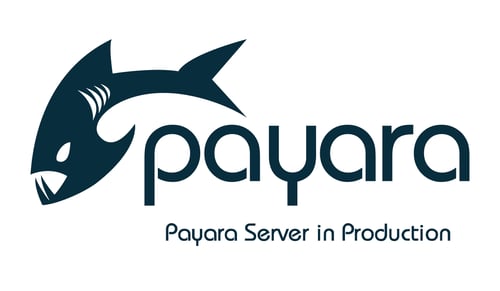Archive from June 2016
Creating a Simple Cluster with Payara Server 4
Published on 30 Jun 2016
by Mike Croft
Topics:
Hazelcast,
Clustering,
How-to,
Scalability
|
18 Comments
GlassFish has traditionally used Project Shoal to power its clusters. Since Shoal is no longer actively maintained, Payara Server intends to replace Shoal with Hazelcast, which has the added benefit of being JCache compliant.
Payara Collaborates with Red Hat, IBM, Tomitribe & LJC to Bring Microservices to Enterprise Java
Published on 27 Jun 2016
by Dominika Tasarz
Topics:
Java EE,
Payara Micro,
Microservices,
MicroProfile
|
0 Comments
Today at the DevNation conference in San Francisco, Payara’s Mike Croft appeared onstage during the Keynote, joined by Mark Little from Red Hat, Alasdair Nottingham from IBM, Theresa Nguyen from Tomitribe and Martijn Verburg from the London Java User Group to announce a new community collaboration called MicroProfile.
The goal of the MicroProfile initiative is to make it easier for developers to use familiar Java EE technologies and APIs for building microservice applications.
Creating Uber JAR with Payara Micro 5
Published on 21 Jun 2016
by Fabio Turizo
Topics:
What's New,
Maven,
Payara Micro,
Microservices,
Docker,
Uber JAR,
DevOps
|
5 Comments
Payara Micro allows you to run web applications in a self-contained and easy way. Since the release of the Payara Server in May 2016, there is a simple way to generate an "Uber" JAR that bundles the contents of a WAR file and the classes and resources that compose Payara Micro!
Note that this "Uber" Jar is not the best way to run your application in a Docker container as it requires an update of the entire binary for each small code change you make in the application. A better solution is just to start a Payara Micro Instance and point to the application that needs to be installed. More information can be found on our Payara Micro Docker Image documentation.
(last updated 06/04/2021)
The HealthCheck Service In-Depth - Payara Micro
Published on 14 Jun 2016
by Ondro Mihályi
Topics:
What's New,
Payara Micro,
Microservices,
Ops Teams,
Healthcheck,
DevOps
|
1 Comment
The HealthCheck Service provides automatic self-monitoring in order to detect future problems as soon as possible. The HealthCheck Service was introduced in Payara Server and Payara Micro version 161 and some new metrics have been added in version 162.
All the functionality of the HealthCheck Service that is available in Payara Server is also included in Payara Micro. However, as Payara Micro differs in some concepts from Payara Server, the usage and configuration of the HealthCheck Service is slightly different. In this post, we will focus on how to use it in Payara Micro.
Payara Micro Maven Deployer - Demo
Published on 08 Jun 2016
by Andrew Pielage
Topics:
What's New,
Maven,
Payara Micro,
Microservices,
Demo
|
0 Comments
Payara Micro 162 can now deploy your artifacts stored in Maven repositories simply by providing the GAV coordinates. This should provide another option for continuous delivery scripts!
Payara Docker Images - Update
Published on 06 Jun 2016
by Mike Croft
Topics:
What's New,
Microservices,
Docker
|
2 Comments
How to Upgrade Payara Server
Published on 02 Jun 2016
by Mike Croft
Topics:
How-to,
Upgrade
|
2 Comments
Since Payara Server is on a regular and frequent release cycle, we get a lot of questions on how to upgrade to the latest version while maintaining existing domain configurations.
The answer to the question of “how do I upgrade?” is always “it depends”, because everyone’s situation is going to be slightly different. This blog will cover some of the most straightforward ways which should apply in the majority of cases.
Backup & Restore of Payara Server
Published on 01 Jun 2016
by Mike Croft
Topics:
Production Features,
How-to,
Upgrade
|
3 Comments









